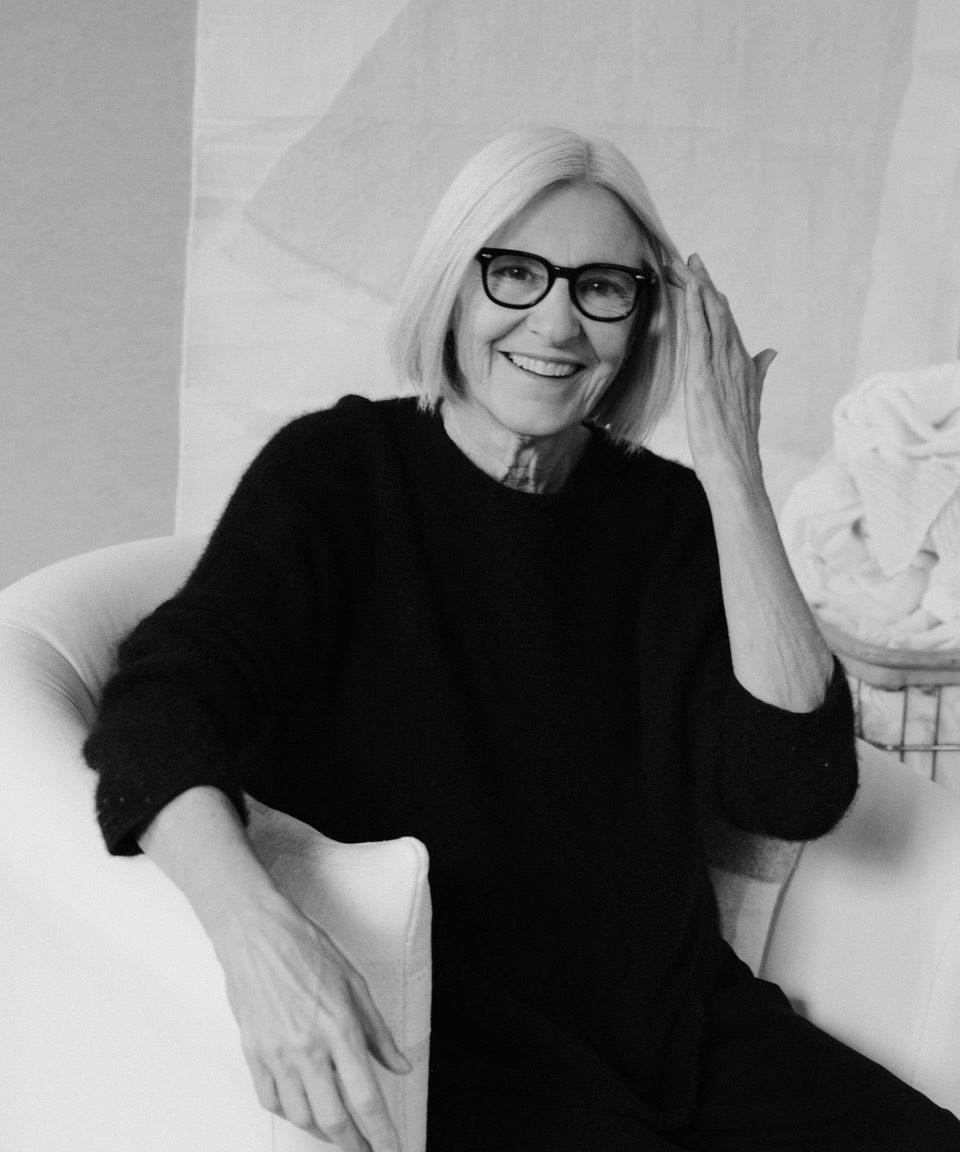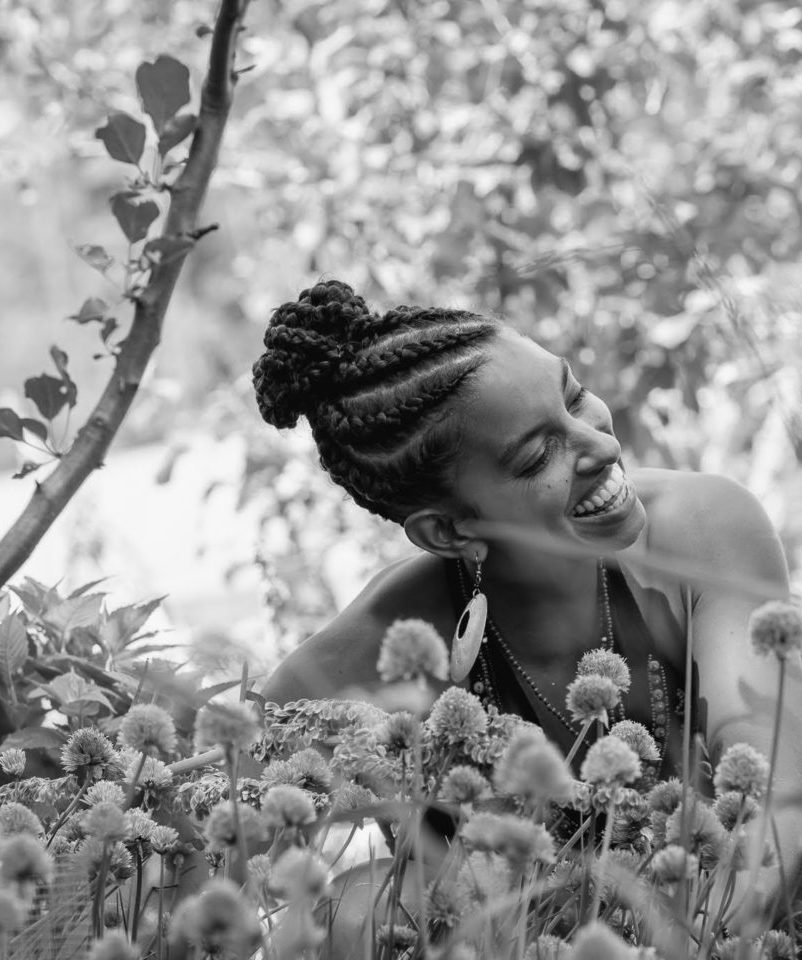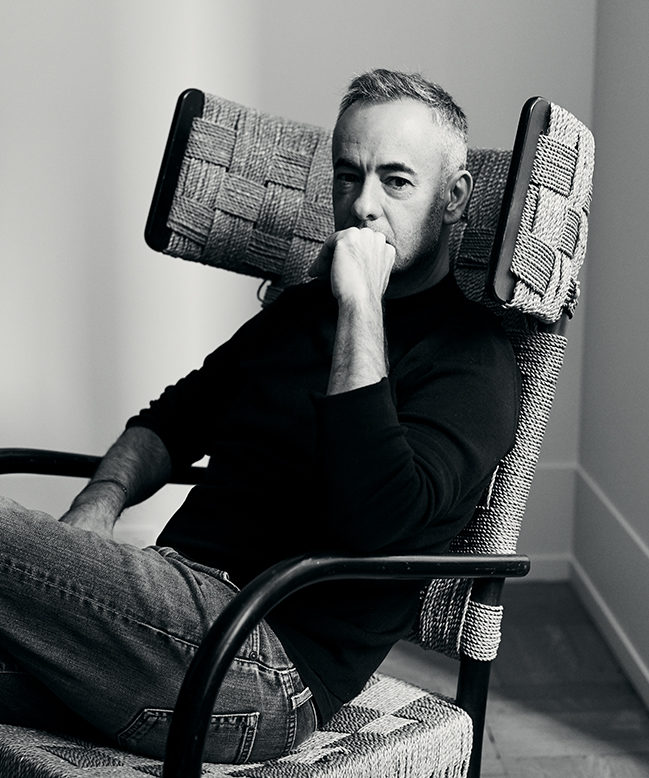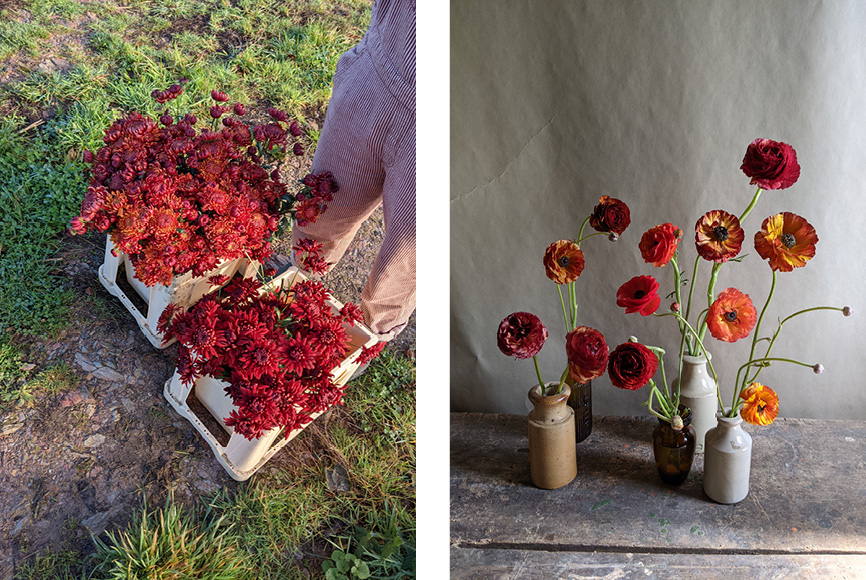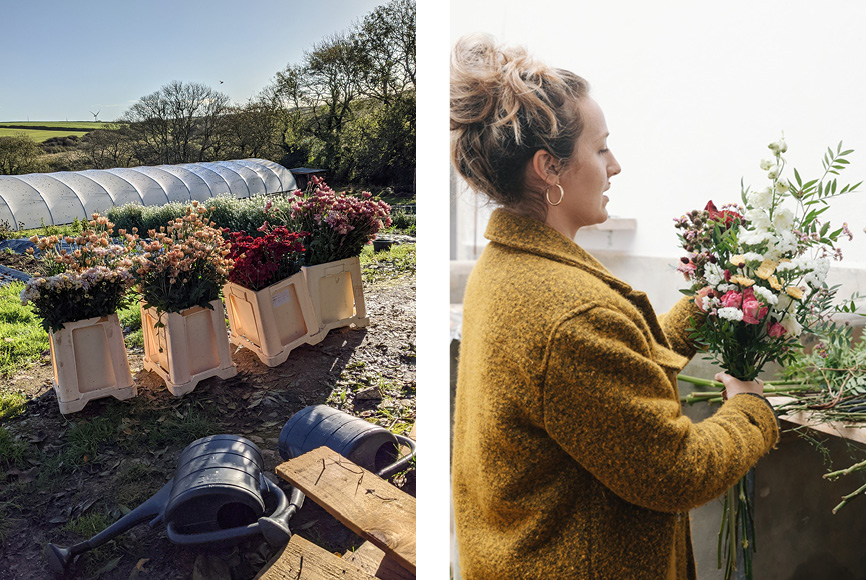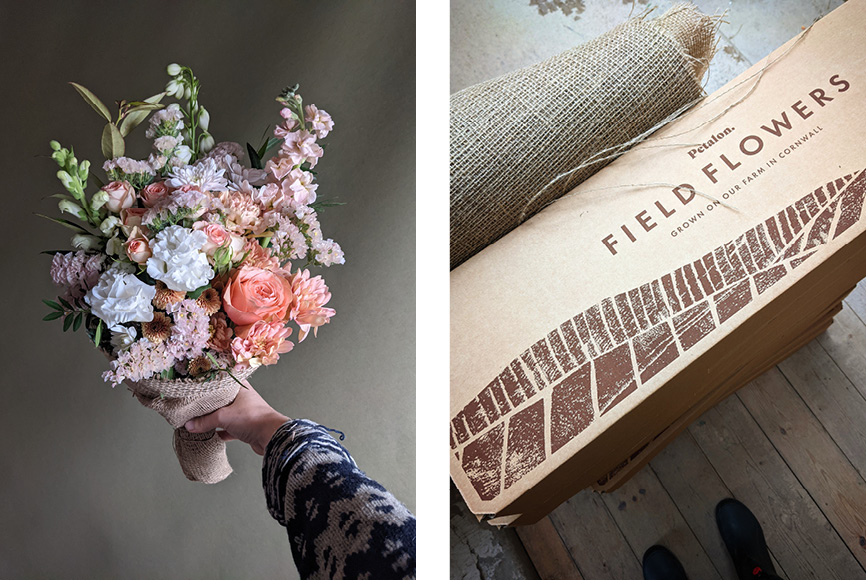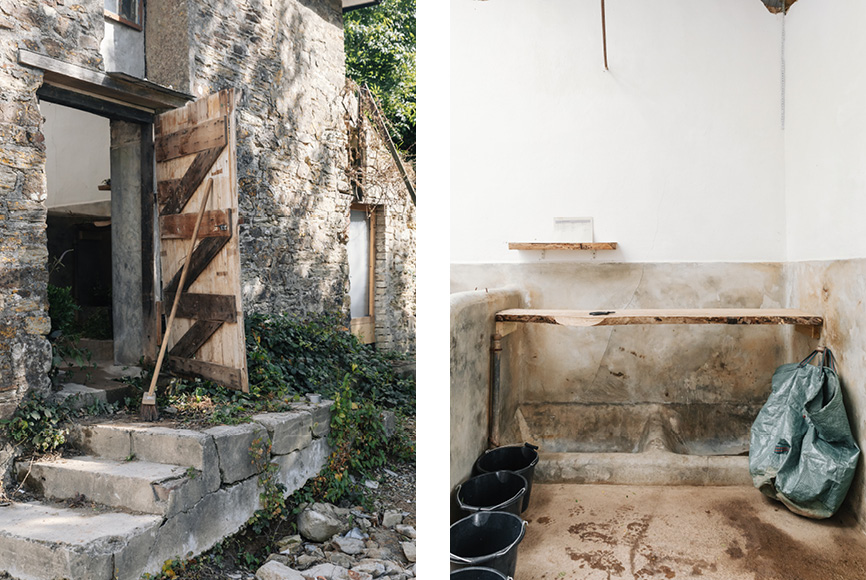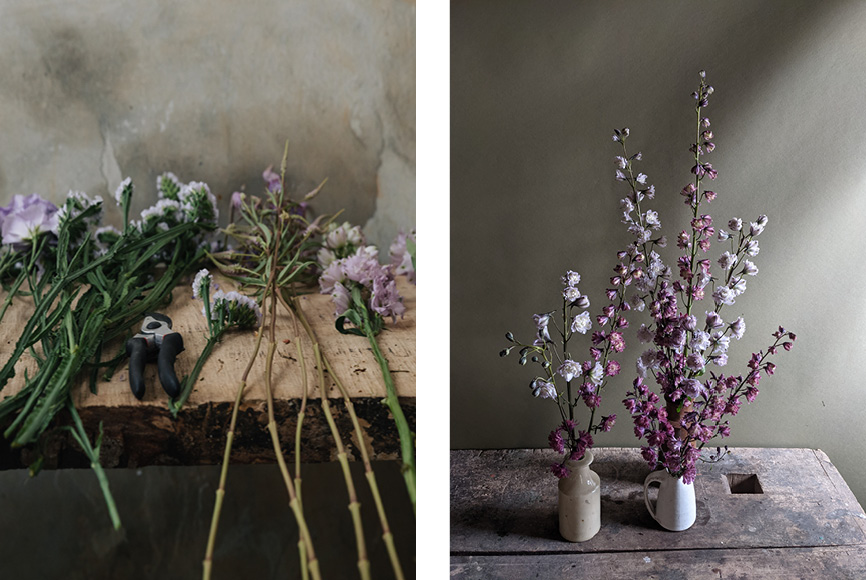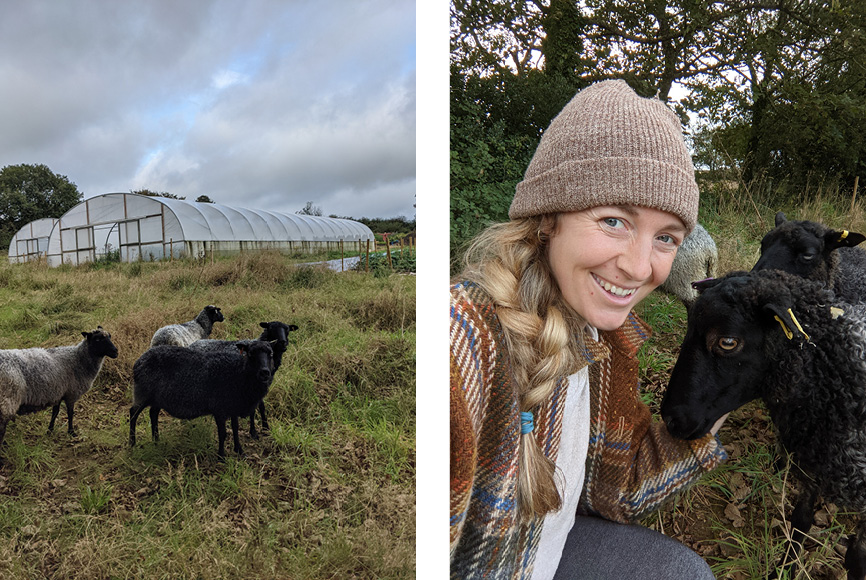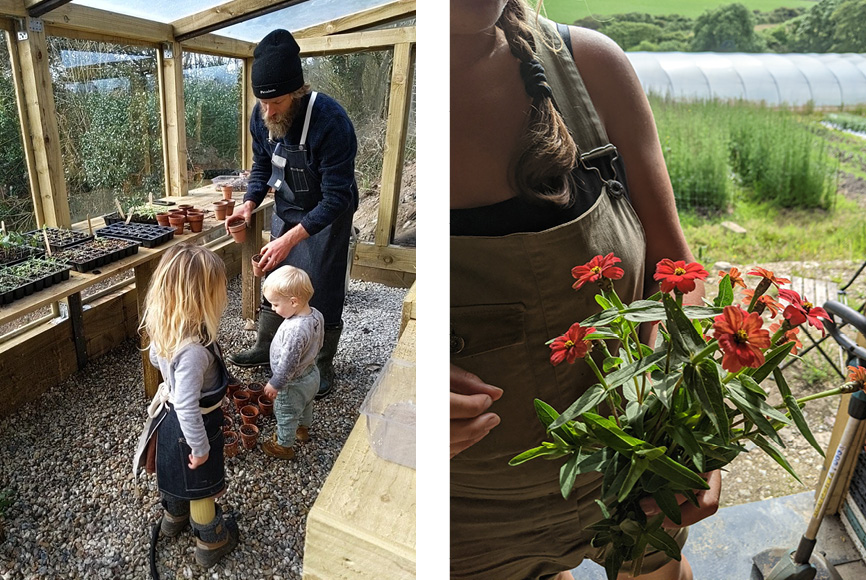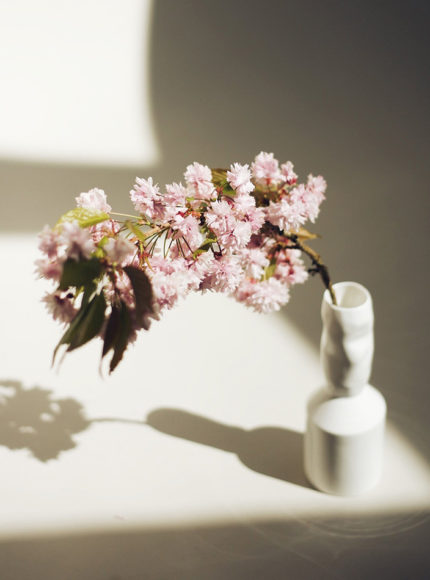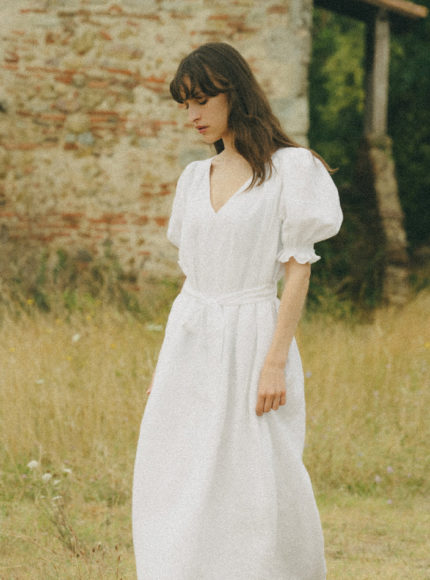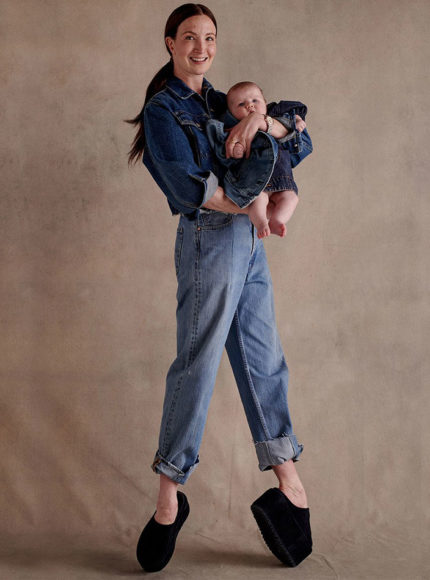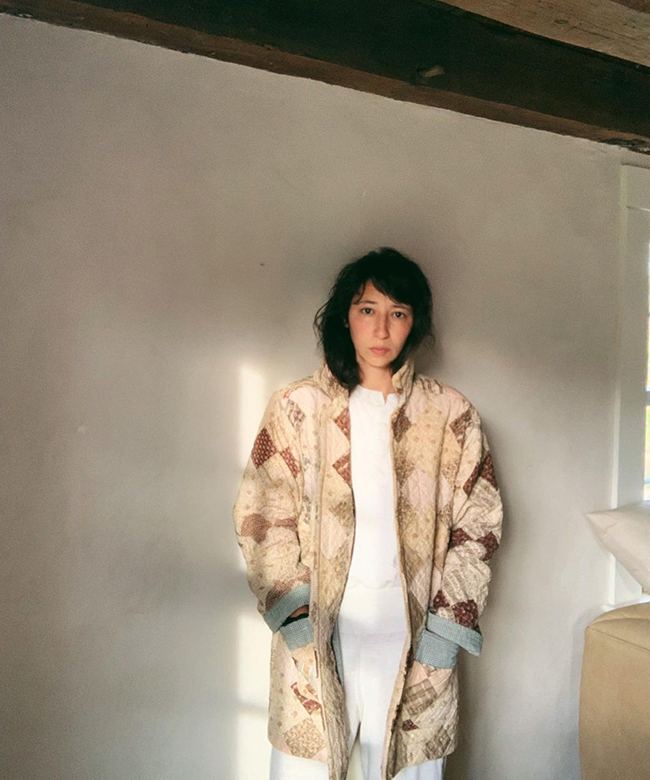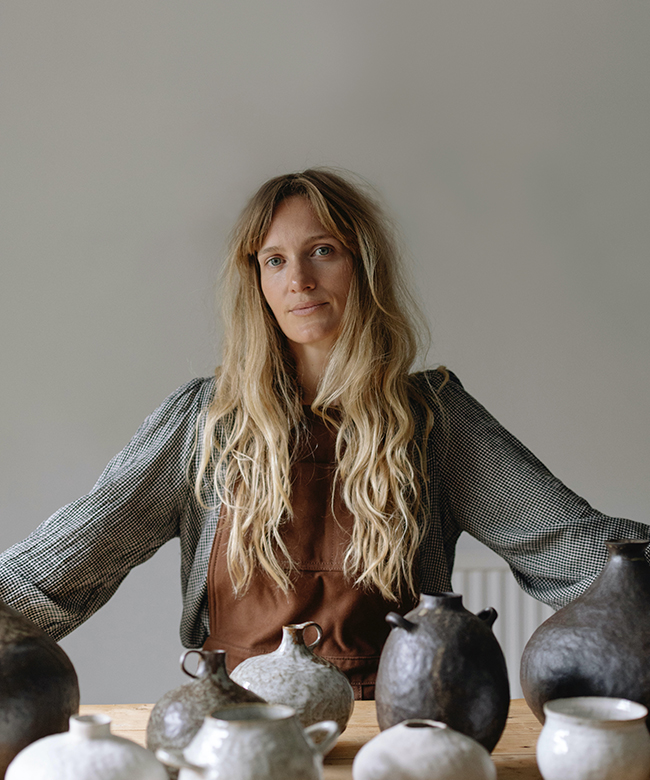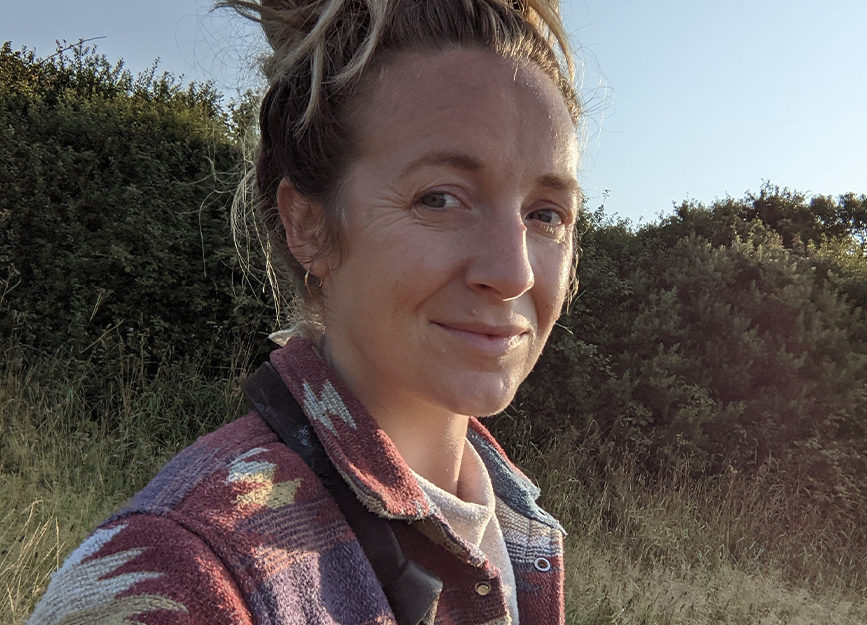

@petalon_flowers
@petalon_flowers
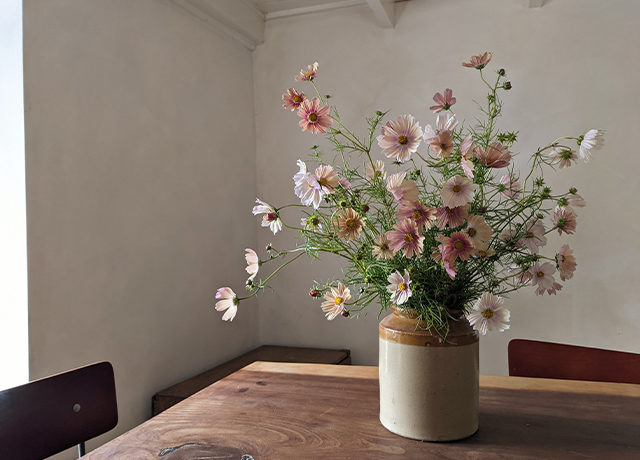

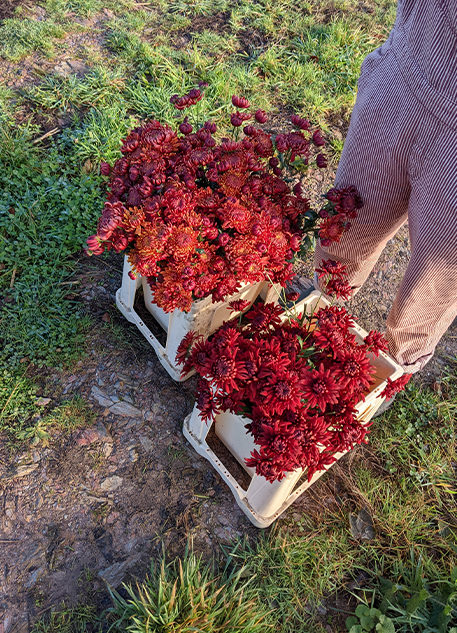

@petalon_flowers
Food & Garden
Sustainable Gardening with Florence Kennedy of Petalon Flowers
As we move into the Spring months, we are beginning to think about gardening in the most sustainable way possible. We all love a flower of course, but some of the most beautiful florals we have come at a huge cost to the Earth. They are covered with pesticides, use huge amounts of energy to store at cool temperatures, and then flown all over the world. So here we are Florence Kennedy of the Cornish flower farm, Petalon, how she grows her flowers in the most sustainable way she can.
“A flower blooming in its proper season is the best version of that flower, it’s strong, healthy and indicative of the seasons.”
Florence Kennedy
Can you begin by telling us a bit about your personal connection to flowers – how did your creative spirit with the natural world evolve?
Part of me wishes that there was a romantic answer to this, but in truth it was a slow burn that eventually saturated my whole life in the most wonderful, all consuming way. Fuelled by a desire to have my own business I was constantly looking for sparks of inspiration for clever little business ideas. When my partner, James, sent a disappointing bouquet I began to think how flower delivery could be done differently, which set me on the path to creating Petalon – a flower delivery business that delivered small bouquets by bicycle across London. Not knowing much (anything) about flowers, i poured over books and youtube videos to learn how to make a bouquet. It was from designing these early bouquets that I became hooked. The varieties, the colours, the endless possibilities of how a bouquet could look. I wanted to make bouquets that customers would love, with flowers they may never have seen before. The business has changed dramatically from the early days of me and my bicycle delivering flowers across the capital but it’s roots are still the building blocks of who we are and what we stand for today.
Before we get into all the wonderful ways you are growing flowers sustainably, can you first tell us a bit about some of the unsustainable issues with conventional flower growing?
We started our flower growing journey last year, so only have 1 season of experience under our belt and are very much learning as we go. Being in Cornwall means we are blessed with a milder climate than a lot of the UK but as we do not use heated greenhouses we can realistically only have flowers from April – November. We are trialing different methods to shoulder our seasons a bit better but we still import the majority of our flowers, especially from November – April. The majority of these flowers come from Western Europe (coming through the flower auction in Holland) where they are grown in huge greenhouses with artificial lights and heat, there can also be a lot of harmful pesticides and fertilisers used and so much plastic used to wrap the flowers as well as the journey the flowers take from grower to auction then on to retailers. There is obviously a carbon burden with imported flowers and we are careful to offset that and are now pleased to say that we are certified Carbon neutral. We make additional efforts to sequester as much carbon as we can on our land, it’s the start of a long journey of growth and learning.
Can you tell us why seasonality and keeping things local is so important when it comes to flowers?
When we moved to Cornwall and were able to start growing our own flowers it was a dream come true. What excited me the most was being able to grow all the flowers that I couldn’t find on the auction. Growing our own has cemented a strong notion of a particular flower’s place in a year. Anemones and Poppies are the first flowers to bloom for us this year, with a trickle of Narcissi at the end of february and a few headily scented stocks as we go into March, with Ranunculus buds showing promise for a few weeks time. A flower blooming in its proper season is the best version of that flower, it’s strong, healthy and indicative of the seasons. Locality is great for reducing the carbon footprint of transport. As we deliver nationwide we are careful to use a carbon neutral courier. Buying local flowers is easy if you live close to a grower, but flowers also need to make their way to people living in cities who maybe don’t have access to a local grower so we hope to be able to provide British blooms to these people in the months that allow.
You also showcase the most beautiful floral arrangements, how do you translate the sustainable ethos of your work into the bouquets you create?
We have a choice of two bouquets that change every week. This was to keep things simple and seasonal. A lot of flowers are available year-round from Holland, but to be able to add in seasonal blooms is what really brings the bouquet to life. A lot of the seasonal flowers are expensive but I try and add one stem of each variety in so that the customer gets to experience what something like a snake-head fritillary looks like, when unusual flowers like this aren’t stocked at supermarkets and a lot of high street florists. Delphiniums are another example of an expensive flower if you have to buy a whole bunch of them, but by using just one in our bouquets they still get to be enjoyed by our customers in their homes rather than maybe only seeing them at weddings or in hotel displays. Now that we have started growing our own flowers we can supplement these bouquets with some of our more unusual stems. Scented geranium leaf provides a wonderful smell, as well as mint and oregano from the farm. The majority of our field flowers are sold as a separate product but if we harvest a large quantity of a particular crop then we will design the bouquets around that flower. This lowers the carbon footprint of our bouquets but also means our customers get to enjoy some of our more unusual flowers.
What does it mean to grow flowers sustainably?
I think this will be different for every grower – depending on what they’re growing, what product they are creating, what industry they’re serving and what their own location is.
How have you gone about running your flower farm in Cornwall as sustainably as possible?
We don’t need too much power to grow our flowers. We don’t have any heated greenhouses or anything that needs a lot of power but the power we do use comes from our solar panels. This is for heating germination mats and grow lights for germination, and in the summer it powers the cooler. We use no-dig practices to keep soil structure intact and to add nutrients to the soil. We do this by laying cardboard as a weed suppressant and adding green waste ontop to create flower beds. We fertilise with seaweed and manure and we don’t use any pesticides or synthetic fertilisers. We use peat free compost when sowing seeds and foster organic practices (although we are not an organic farm as we don’t limit our seed to organic varieties). We are also taking a more holistic approach to the land surrounding us in general in an experiment into growing flowers differently.
You have a small mixed herd of livestock now – why have you brought animals on to your land?
We rent the surrounding fields that have been intensively farmed for decades. With one 11 acre field we have sown a herbal lay (a seed mix of 26 different varieties of herbs, grasses and legumes) to improve soil structure and sequest as much carbon as possible. We are building a mixed herd to mob-graze this land, largely from animals that would otherwise have been disposed off; our sheep had mastitis so trouble feeding their young – as it’s not a desirable trait when building a flock, we took them off the farmer’s hands rather than letting them be culled. Our male ducks were going to be food for a bird of prey centre but we bought them home to help combat the slugs. The animals graze the land, adding their poo and managing the land in their own way. The chickens and ducks will go in after the larger animals and scratch up the ground, adding their own unique contributions. We will then build no-dig beds on this, creating a fantastic growing environment for our flowers whilst improving soil structure for the land and consequently sequestering more carbon. This is an experiment into growing flowers differently, in a way that benefits the land, the atmosphere and some animals that would otherwise have been disposed of.
“I don’t think the inability to switch off bothers me. I love what we are trying to do with the business and with our lives, I love learning how to farm in our own way and I love living in the middle of nowhere but it takes a lot of work and effort to achieve these things, especially whilst raising a family.”
Working so closely to nature have you started to see the effects of climate change on the ground?
It’s hard to say as we’ve only been working on the land for the last year. It was incredibly challenging to have such a long, cold and unseasonally dry spring last year. We have a very clay soil here and it turned to concrete in these conditions, making it impossible to plant into. The mild winter we’ve had means a lot of our autumn planted hardy annuals started flowering way too early and has thrown off a few of our crop plans but I think there will always be something.
How do you think climate change might affect the flower industry?
The demand for British flowers from florists is growing and there is already a huge rise in lots of smaller growing enterprises across the country which is great. It is a very complex subject and not importing flowers is not the only answer. British flowers are expensive compared to a lot of imported stock, and many growers don’t deliver so it would be hard for the average high street florist to always be able to use British the whole time. There can be a lot of shaming in the industry which is incredibly damaging to small businesses who rely on imports for their livelihood. Lots of people making a small change has much more impact than a select few making a big change so if everyone made the effort to incorporate british flowers into their businesses in some aspect then there would be less of a carbon burden coming from imports.
When you can’t grow some things yourself, how do you source outside florals that have the same sustainable ethos as yours?
It’s incredibly difficult to find flowers from sustainable sources at the scale we need. As we do the same 2 bouquets throughout the week and replenish our stock regularly throughout the week we need a high volume of the same stems. This is part of the reason we have chosen to offset the carbon that is created in our imported flower journey. There are huge employment problems in Cornwall, with lots of seasonal jobs but a severe lack of actual careers. We have the opportunity to create good, honest and exciting careers for local people and if we didn’t import flowers then we would have no work for employees from nov – march. We would just be adding to the seasonal job market, with good employees slipping through our fingers as we wouldn’t be able to offer them year round employment.
Do you think the way you grow is scaleable to a larger way of doing things in the floral industry?
In all honesty, we don’t know. And I guess that is partly what we are trying to work out.
How do you find living in the beautiful British countryside affects your connection to nature and slow living?
I love waking up in the middle of nowhere, our house looks over protected grassland and is surrounded by farmed fields. I lived in London for over a decade and never saw a sunrise or sunset from any home as the areas we lived in were so built up or we were in basement flats etc. watching the sunrise from the breakfast table is such a primal joy. Add in our resident Barn Owl swooping through the dawn break and the whole thing is pinch-me perfect. But I’m not sure that because we are in a rural setting and work with flowers and animals that we are somehow living slowly, but maybe I haven’t grasped the meaning of slow living. We work where we live and Petalon operates 7 days a week so there isn’t really any switching off from it. We rely on it for our livelihoods, as well as our staff’s livelihoods – it is a huge responsibility and has to be taken seriously. But in all honesty I don’t think the inability to switch off bothers me. I love what we are trying to do with the business and with our lives, I love learning how to farm in our own way and I love living in the middle of nowhere but it takes a lot of work and effort to achieve these things, especially whilst raising a family. My partner James moves at a million miles an hour, the rate at which he has transformed the farm over such a short period of time is gobsmacking. His fervour and optimistic energy is what makes so much of this life possible for us, it can be exhausting at times but it’s truly a gift. I’ve loved watching our family transition from busy city life to a rural one by the coast. The pandemic forced a lot of these changes for us but now instead of going to the cinema to switch off, we can get in the sea or take a coastal walk. I don’t feel like our pace of living is any different to when we were in London, but being able to spend so much of our time working outdoors is so special.
Finally, and we know this will be a hard question, do you have a favourite flower to grow?
Ah this is hard to answer after 1 year of growing! There are so many new varieties we are trialing each season so even if there’s a flower we adore, if it doesn’t travel well we can’t sell it. So there are plenty of crops that we aren’t continuing from last year, even though they were completely gorgeous (agrostemma and verbascum were a heartbreaking flower to discontinue). I think ranunculus have been a really interesting flower to grow. They can be pretty fussy plants and we’ve by no means cracked it with how to grow them without any problems but the jewels of flowers that appear are unlike anything else. Swirls of petals that vary with every flower – stripes, ombre petals, colours from almost black through brown, red, perfect peach tones and everything in between. They travel well and have a killer vase life. Even though they are a lot of work to grow, I cannot imagine a year of growing flowers without them.
Words from Florence Kennedy @petalon_flowers















